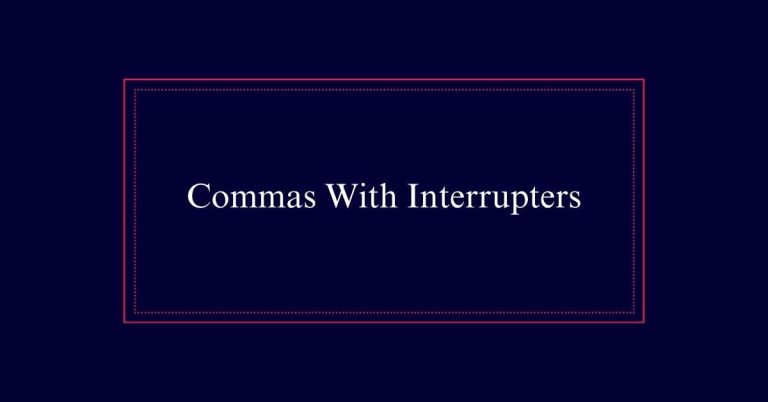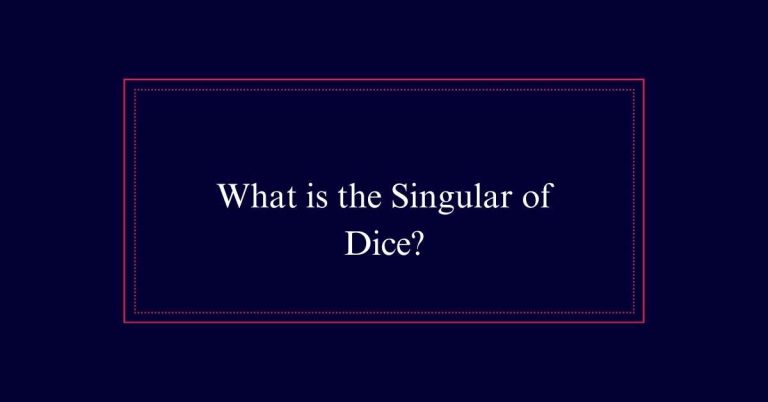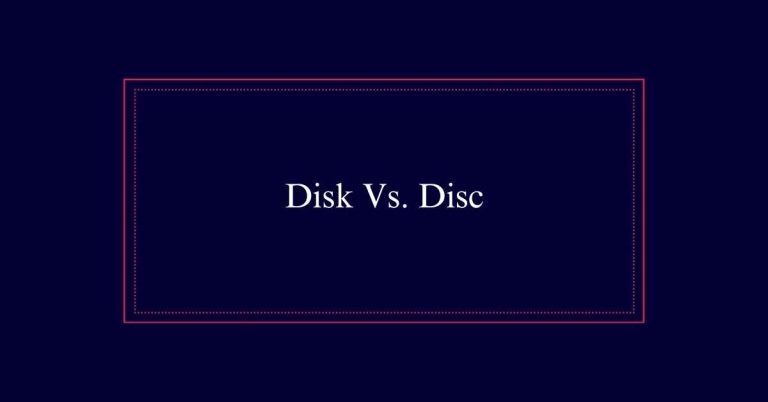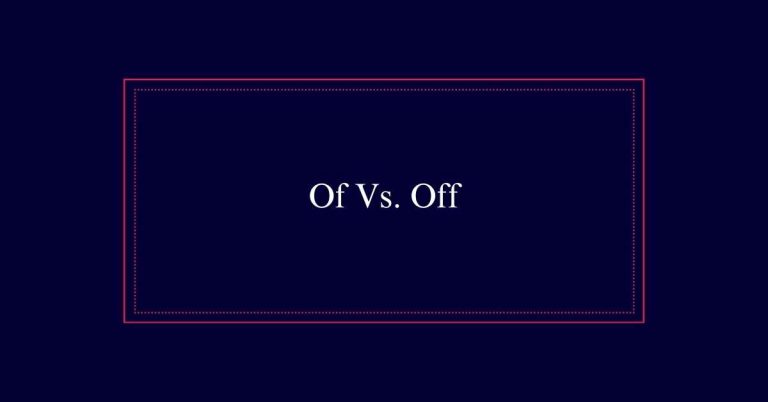Comma Before Such As
Place a comma before ‘such as’ to introduce nonrestrictive information that can be removed without altering the sentence’s core meaning. For example, ‘Fruits, such as apples and oranges, are healthy’ uses commas to add extra details. This comma is important for clarity and readability. However, if the information following ‘such as’ is essential to the sentence, omit the comma. For instance, ‘Items such as bread and milk are on the list’ does not need a comma.
Nonrestrictive Phrases
Nonrestrictive phrases, often set off by commas, provide additional information that can be removed without altering the sentence’s core meaning. These phrases add context or detail but are not essential to the sentence’s truth.
For example, in the sentence ‘In this forest, you’ll see many types of coniferous trees, such as pines and firs,’ the phrase ‘such as pines and firs’ can be removed without changing the main point. The comma before ‘such as’ signals the reader that the examples are supplementary.
Proper use of commas in nonrestrictive phrases helps to clarify the sentence and guarantees that the main message remains intact even if the additional information is omitted.
Essential Information
Why is it important to identify essential information in a sentence? Knowing what is vital keeps your writing clear and accurate. Essential information, also known as restrictive information, is essential for the meaning of a sentence. Without it, the sentence would lose its intended meaning.
Here is a table to distinguish between essential and non-essential information:
| Type | Description |
|---|---|
| Essential | Vital to the sentence’s meaning |
| Non-Essential | Adds extra details but can be removed |
| With Examples | Examples needed for clarity |
| Without Examples | Basic sentence remains true without additional details |
Restrictive Clauses
Restrictive clauses are essential components of a sentence that provide necessary information, without which the sentence’s meaning would be incomplete. These clauses specify and limit the scope of the noun they modify.
For example, in the sentence ‘Animals such as lions and tigers are dangerous,’ the phrase ‘such as lions and tigers’ is a essential clause. It identifies which animals are dangerous. Omitting this clause would change the meaning of the sentence. As a result, restrictive clauses do not require commas.
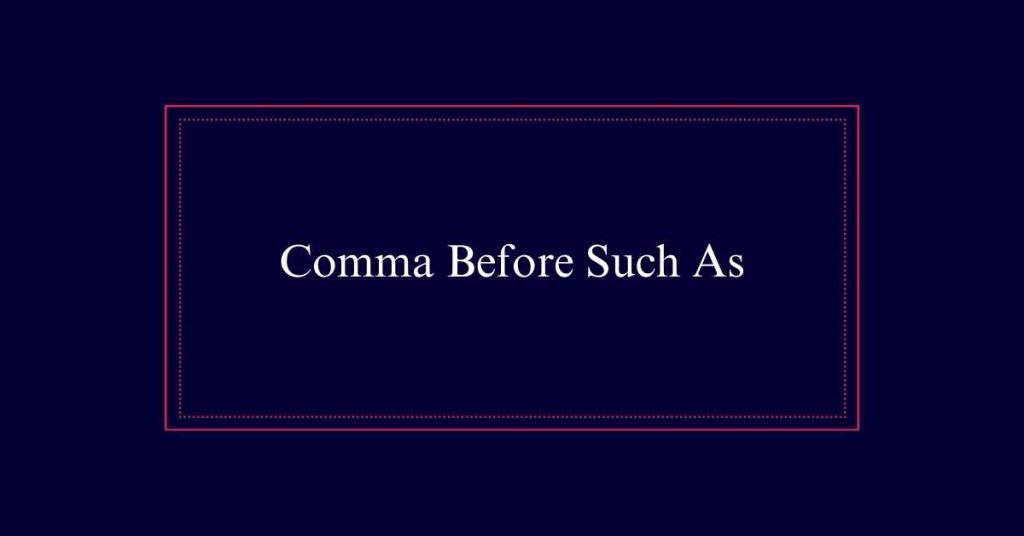
Nonrestrictive Examples
In contrast to restrictive clauses, nonrestrictive clauses add extra information that can be omitted without altering the sentence’s core meaning. When using ‘such as’ in nonrestrictive clauses, a comma is crucial to set off the additional information. This comma helps the reader to understand that the examples provided are supplementary and not critical to the sentence’s primary message.
| Example Sentence | Explanation |
|---|---|
| ‘Fruit, such as apples and oranges, is healthy.’ | The examples are additional information. |
| ‘Cities, such as New York and London, are bustling.’ | The examples can be removed without changing the core meaning. |
| ‘Languages, such as French and Spanish, are popular.’ | The examples are not essential to the sentence’s truth. |
| ‘Books, such as novels and biographies, are enriching.’ | The examples add extra but non-essential details. |
Specific Examples
Many sentences benefit from using ‘such as’ to introduce specific examples that clarify the main point. For instance, consider the sentence: ‘Many fruits, such as apples and bananas, are rich in nutrients.’ Here, ‘such as’ introduces specific examples that provide clarity. This usage helps readers understand the types of fruits being referred to.
Similarly, ‘Outdoor activities, such as hiking and cycling, improve fitness’ offers concrete instances that elucidate the general term ‘outdoor activities.’ By incorporating ‘such as,’ writers can enhance the precision and comprehensibility of their statements.
It is crucial to use this phrase correctly to guarantee that the examples serve their purpose without cluttering the sentence. Proper punctuation further aids in maintaining clarity.
Non-Essential Examples
Non-essential examples, often introduced by ‘such as,’ provide additional information that can be omitted without altering the sentence’s core meaning. These examples are set off by commas to indicate their indispensable nature. Consider the following instances:
| Sentence | Explanation |
|---|---|
| Citrus fruits, such as oranges and lemons, are high in vitamin C. | The examples are not pivotal to the main idea. |
| Popular cities, such as Paris and Tokyo, attract many tourists. | The sentence remains clear without examples. |
| Wild animals, such as lions and tigers, are dangerous. | The core meaning is unchanged without them. |
| Exotic fruits, such as mangoes and papayas, are delicious. | The key information stands alone. |
| Classic novels, such as ‘Moby Dick’ and ‘1984,’ are timeless. | The examples add detail but aren’t essential. |
Using commas effectively clarifies that the examples are supplementary.
Importance of Clarity
Proper comma usage before ‘such as’ is essential for maintaining sentence clarity and ensuring the reader fully grasps the intended meaning. When a comma precedes ‘such as,’ it signals that the ensuing examples are vital and merely illustrative. This helps the reader differentiate between critical information and supplementary details.
Without the comma, the phrase becomes restrictive, meaning the examples given are integral to the sentence’s meaning. Misplacing commas in these contexts can lead to confusion, as the reader might misinterpret the importance of the examples provided.
Understanding when and when not to use commas before ‘such as’ is pivotal for clear, effective communication and prevents potential ambiguity in writing.
Sentence Structure
Understanding sentence structure is essential for effectively using ‘such as’ with or without commas. Sentence structure refers to how words and phrases are arranged to create meaningful sentences.
When using ‘such as,’ it is important to determine whether the examples provided are restrictive or nonrestrictive. Restrictive clauses are essential to the sentence’s core meaning. Nonrestrictive clauses, however, add extra information that can be omitted without altering the sentence’s truth.
Recognizing this difference helps in deciding comma placement. Clear sentence structure guarantees that the relationship between the main clause and the examples introduced by ‘such as’ is understood.
Proper sentence construction enhances the overall coherence and readability of your writing.
Proper Comma Usage
Correct comma usage is essential for distinguishing between restrictive and nonrestrictive clauses in a sentence. Restrictive clauses are critical to the sentence’s meaning and do not require commas. Nonrestrictive clauses, however, add extra information and should be set off with commas. Below is a table illustrating proper comma usage:
| Clause Type | Usage Example |
|---|---|
| Restrictive | ‘Books such as these are invaluable resources.’ |
| Nonrestrictive | ‘Some books, such as these, are invaluable resources.’ |
| Essential Clause | ‘People who read often have better vocabularies.’ |
| Non-Essential Info | ‘My brother, who reads often, has a great vocabulary.’ |
| Essential List | ‘Fruits such as apples and oranges are nutritious.’ |
Using commas correctly helps clarify your writing and guarantees accurate communication.
Enhanced Readability
Effective comma placement before and after ‘such as’ greatly enhances the readability of your writing. Clear punctuation helps readers easily comprehend the text. Properly placed commas act as signposts, guiding the reader through the sentence structure.
For instance, in the sentence ‘Fruits, such as apples and oranges, are healthy,’ commas indicate that the examples are additional information, not critical to the sentence’s core meaning.
Conversely, omitting commas in restrictive clauses, like ‘Animals such as lions and tigers are dangerous,’ clarifies that the examples are essential. This distinction prevents confusion and guarantees the message is understood as intended.

